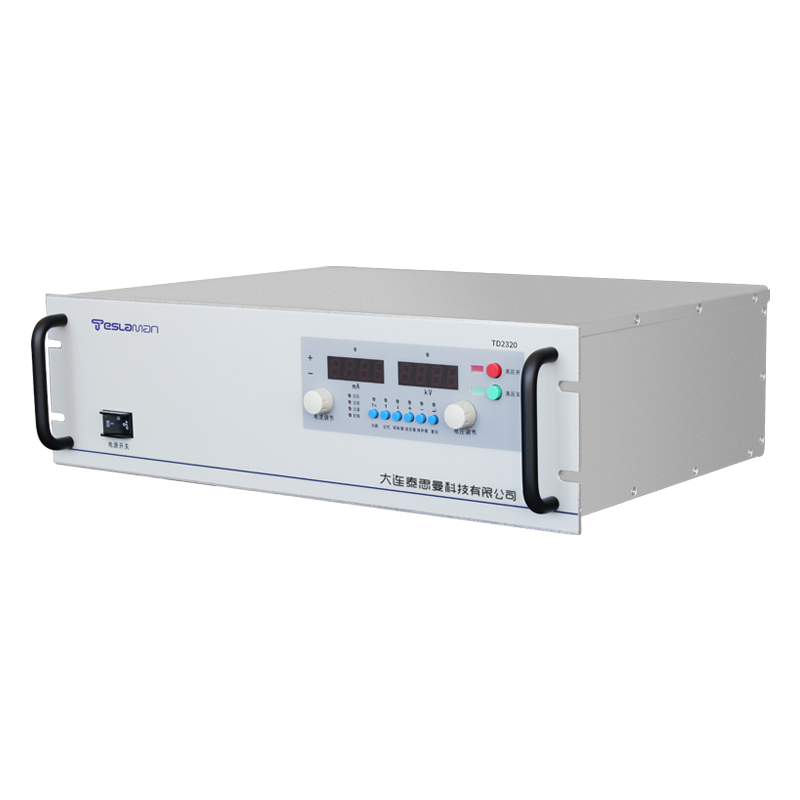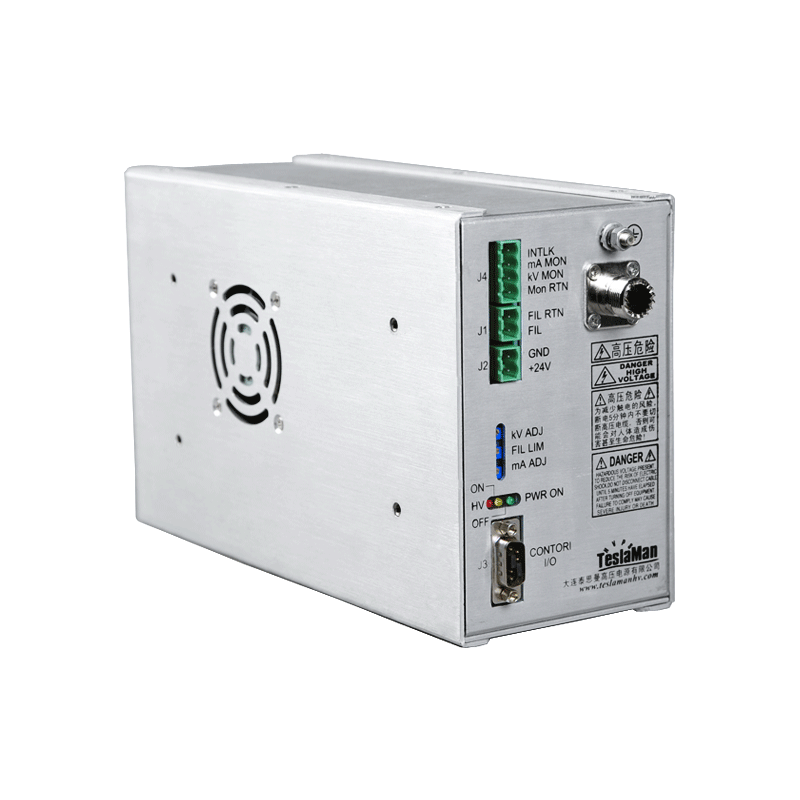Radiation Dose Distribution of High-Voltage Power Supplies for Irradiation Sterilization
In fields such as food preservation and medical device disinfection, irradiation sterilization technology has become an important means to ensure product safety due to its high efficiency and environmental friendliness. As the core equipment for generating radiation energy, the uniformity and accuracy of the radiation dose distribution formed by the output energy of high-voltage power supplies for irradiation sterilization directly determine the sterilization effect and product quality. An in-depth study of the radiation dose distribution pattern of high-voltage power supplies for irradiation sterilization is of great significance for optimizing the sterilization process and enhancing sterilization reliability.
The radiation dose distribution is closely related to the output characteristics of high-voltage power supplies. Parameters such as the voltage amplitude, pulse frequency, and waveform of the power supply directly affect the energy and intensity of electron or ion beams. A higher voltage amplitude can endow particles with greater kinetic energy and enhance their penetration ability, but it may also exacerbate the edge effect of the dose distribution, that is, increase the dose difference between the edge and the central area of the irradiated object. The pulse frequency affects the particle flux per unit time, and both too high and too low frequencies may disrupt the uniformity of the dose distribution. In addition, the stability of the power supply output waveform is crucial. If the waveform is distorted, the energy distribution of the particle beam will be uneven, leading to abnormal radiation dose distribution.
The structural design of the irradiation device also has a significant impact on the radiation dose distribution. For example, the scanning system in an electron accelerator is responsible for evenly dispersing the particle beam onto the surface of the irradiated object. Parameters such as the scanning speed and the accuracy of the deflection angle of the scanning system are directly related to the uniformity of the dose distribution. If the scanning speed is uneven, it will cause excessively high or low doses in local areas; errors in the deflection angle may cause the particle beam to deviate from the predetermined trajectory, resulting in deviations in the dose distribution. In addition, the shape and size of the irradiation chamber, as well as the placement position and method of the irradiated object, will also change the radiation dose distribution by affecting the scattering and absorption of the particle beam. For example, an unreasonable design of the reflective surface inside the chamber will lead to a disordered energy distribution after multiple reflections of the particle beam, affecting the dose uniformity; overly dense stacking of the irradiated objects will hinder the penetration of particles, resulting in insufficient internal doses.
To achieve an ideal radiation dose distribution, a variety of technical means need to be comprehensively applied. On the one hand, the control algorithm of the high-voltage power supply can be optimized to achieve dynamic adjustment of parameters such as voltage amplitude and pulse frequency to meet different irradiation requirements. For example, an adaptive control algorithm can be used to automatically adjust the power supply parameters based on the feedback of real-time monitored dose data, compensating for dose fluctuations caused by environmental changes or equipment wear. On the other hand, the structural design of the irradiation device can be improved, such as optimizing the mechanical structure and control strategy of the scanning system to improve scanning accuracy; rationally designing the internal structure of the irradiation chamber to reduce the scattering loss of the particle beam. At the same time, a dose monitoring and feedback system can be introduced. High-precision dose detectors are used to monitor the radiation dose distribution in real time, and the data is fed back to the control system to achieve closed-loop control of the high-voltage power supply and the irradiation device, thereby ensuring the uniformity and accuracy of the radiation dose distribution.
In conclusion, the radiation dose distribution of high-voltage power supplies for irradiation sterilization is affected by many factors, including the power supply output characteristics and the structure of the irradiation device. Through in-depth research on its influencing mechanisms and the combination of advanced control technologies and optimized designs, the radiation dose distribution can be effectively improved, providing strong support for the widespread application and high-quality development of irradiation sterilization technology.




















